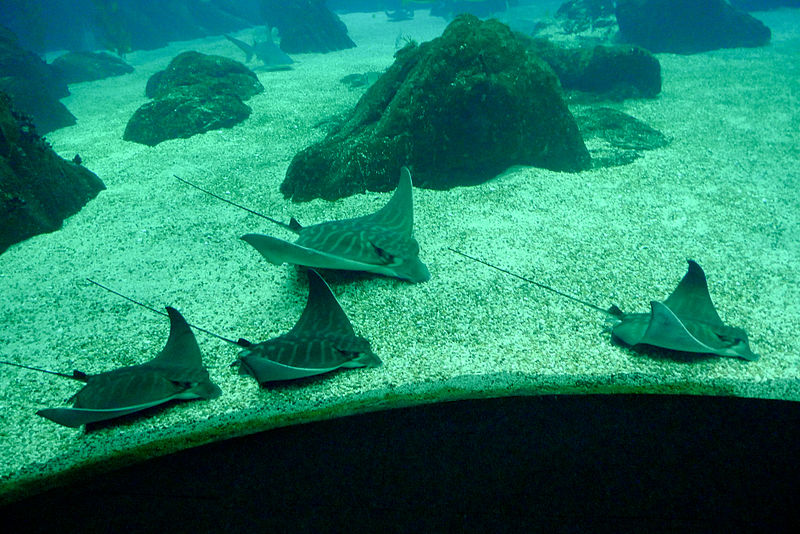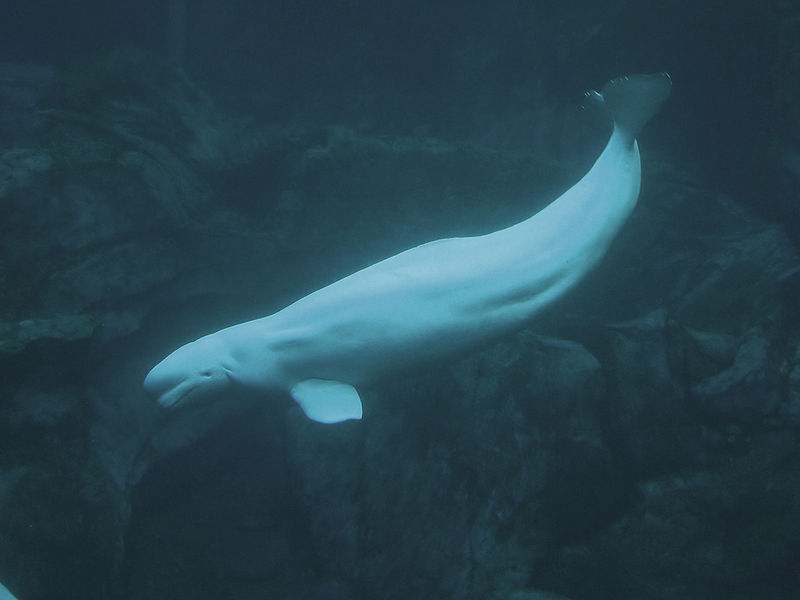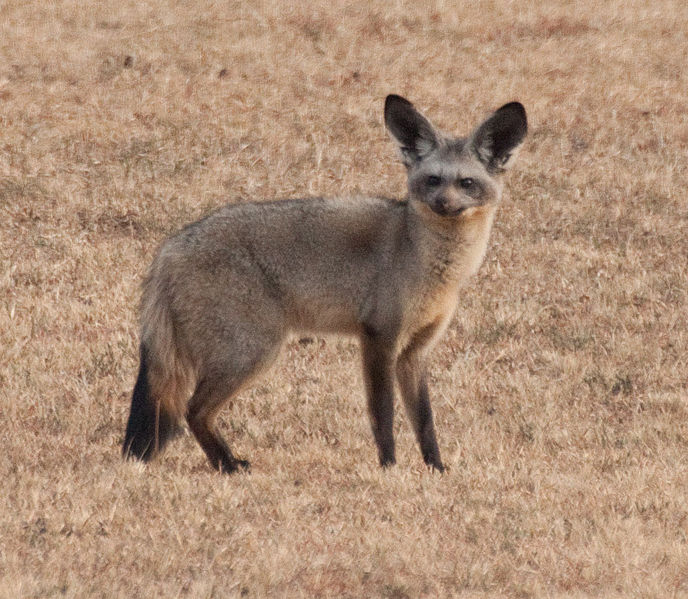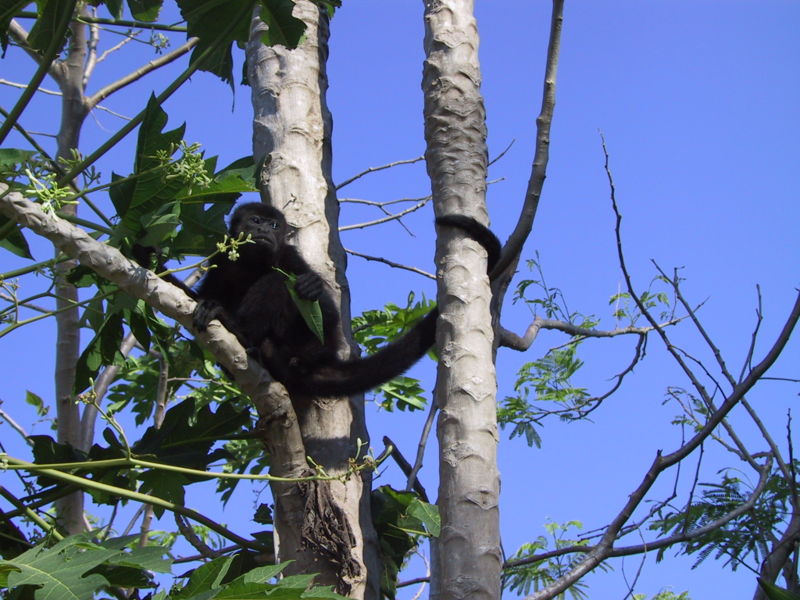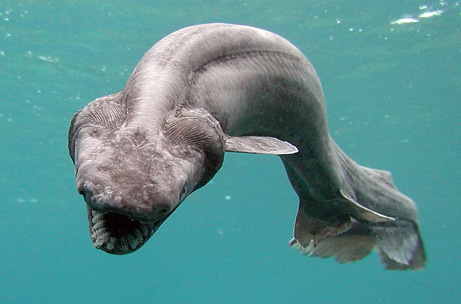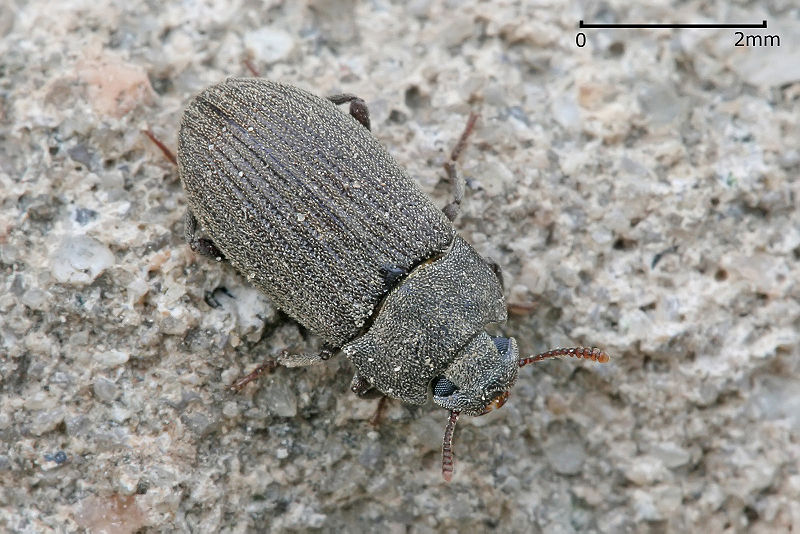Cool Facts About the Bull Ray
- They are also called duckbill rays because their snout resembles a duck’s bill, so basically duckbill rays and bull rays are one and the same species
- The fact that they have a bull like head that projects beyond the body disk earned them the name bull ray, which in Latin is called bovinus
- Females are larger than males as they can reach up to 2.5 m (8 ft 2 in) in length from snout to tip of the tail and a whooping 100 kg (220 lb).
The Life of a Bottom Feeder
Mostly encountered around coasts of Europe and Africa, the bull ray is found in the Black and Mediterranean Sea, as well as the Atlantic Ocean, across the African coast line up to Zanzibar, Kenya in the Indian Ocean. Costal lagoons and estuaries are its main playgrounds where their live most of their lives scouting for food at the bottom of the ocean. At times you can spot the bull ray near the surface of the water as they leap out of the water onto the shore, but these cases are rare. The bull ray is a bottom feeder that has a special interest in crustaceans, mollusks, small squid and crabs. After a 6 month gestation period, the female bull ray will give birth to 3 to 7 young around 17 inches each. Bull Ray
Bull Ray
A Beautiful Creature of the Sea
This giant sea creature is also a very beautiful ray, one of the most beautiful in the stingray family. Why? Well, because of its bluish grey color and the pale blue grey stripes that decorates the back of the ray and the white underside. If you haven’t seen a bull ray swim in the oceans yet, you must see one. They look like beautiful large summer hats blown by the breeze of the sea.
The Harmless Giant
When one hears about rays they automatically think about dangerous fish that can kill you with one sting. However, this is not the case of the spectacular bull ray. This harmless giant has its own culinary preferences and that doesn’t include humans. When touched or troubled they simply swim away with slow gracious motions. If they don’t search for food they simply hang around on the bottom of the ocean and cover themselves in sand. This is also how they catch small sea crabs, squids and other delicacies. So I guess you can say they prefer seafood, which makes sense since they live in the sea.

